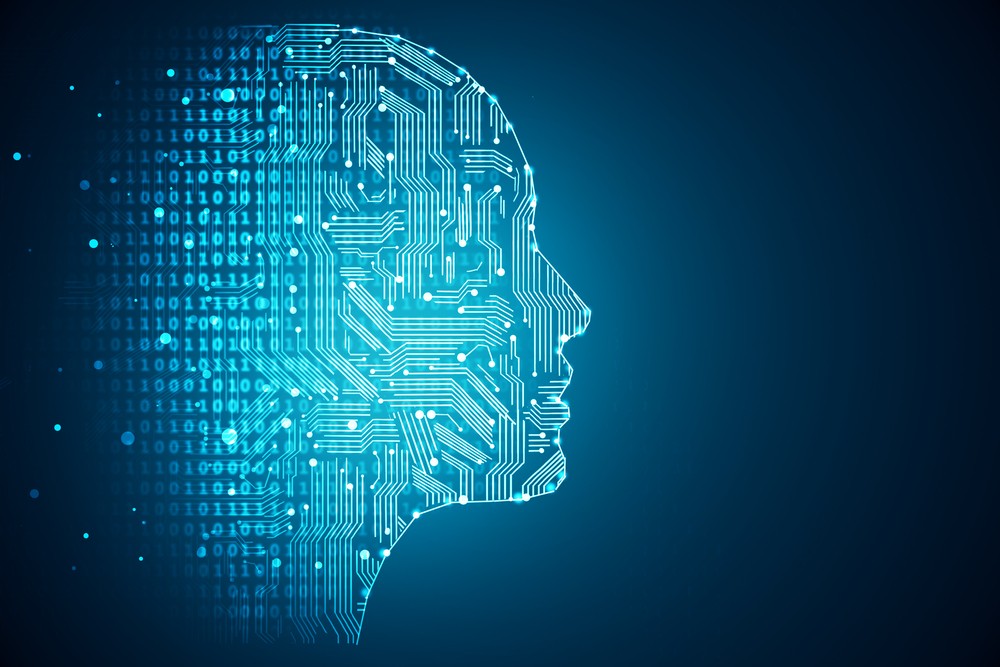Now more than ever, keeping frontline industrial workers safe, while at the same time ensuring business continuity and operational resilience, is vital. For example, Connected Worker technology is helping many AVEVA customers maintain their critical operations and keep workers safe, while in parallel saving businesses time and money. Those that haven’t digitized their operations will struggle as they face the demand for social distancing and remote work brought on by the pandemic.
According to AVEVA’s Head of Asset Performance Management, Kim Custeau, the business drivers for digital transformation have evolved considerably since the onset of the pandemic a year ago. “With remote teams requiring better context to supervise operations, collaborate and make decisions, there is a heightened need for better visualization and contextual analysis of operating information across the enterprise,” she commented, adding, “Cloud, industrial IoT, Artificial Intelligence, (AI ) and data & analytics will drive real-time business outcomes such as efficiency, availability, sustainability and profitability.”
The Connected Worker – a new agent of Change
The implementation of AI and machine learning (ML) in industrial operations alone will not transform businesses and so it is imperative that enterprises empower their people to help drive operational improvements in reliability, availability, consistency, and sustainability. The connected workforce is now becoming the agent of change. As operations become more and more autonomous, ensuring the reliability and safe operation of critical assets with minimal supervision is vital.
Personnel on the shop floor and in the field will need more guidance and aids, as deep expertise becomes scarce. Advanced machines are developing core competencies around human needs. ‘The ‘Connected Worker’s’ focus today, is on considering the needs of the human behind the ‘working asset’ and this has grown to become part of the engaged workforce that will attain the true full value potential of digital transformation programs.
AI-Infused Solutions are delivering new levels of operational efficiency
“As companies turn to AI across every operational task and process, then inference, prediction, guidance and adaptation to dynamic conditions become imperatives. AVEVA is already infusing AI into every aspect of our portfolio,” Custeau said. “These capabilities combine to create a holistic ‘digital twin’ – which maps comprehensive physical and behavioral attributes of assets – to simulate, evaluate, predict and prescribe.”
AVEVA’s digital twin solution provides data discovery and navigation through an intuitive web-based user interface with built in 1D, 2D and 3D visualization. The technology also delivers in-depth asset information which greatly enhances decision-making, allowing anyone across the business to view data about the asset in the context of the physical asset itself and its connectivity in the plant.
Collaborating with SCG Chemicals is facilitating Faster Digitalization
AVEVA is working with Chemicals Business, SCG, one of the largest petrochemical companies in Thailand and a key industry player in Asia, to develop a Digital Reliability Platform (DRP), a complete asset performance management (APM) solution to predict equipment health, monitor performance, and enable advanced maintenance across its operations to eliminate unplanned downtime. This partnership matches the SCG’s broader digital transformation imperative to become a data-driven organization to advance its position as a leader in the petrochemical industry.
“In our quest for a partner, AVEVA was the only company to provide an end-to-end solution spanning engineering, operations, and maintenance. Together we have successfully brought together big data, AI, machine learning, and predictive analytics into a practical solution that will empower our workers and improve our performance,” said Mr. Mongkol Hengrojanasophon, Vice President - Olefins Business and Operations, Chemicals Business, SCG
“We have collaborated with SCG to build a solution that we are sharing with the wider petrochemicals industry. Together, we have created a set of multi-dimensional digital transformation capabilities that can bring benefits to the whole sector. This kind of partnership is so powerful for our businesses and customers. We are excited about what the future will bring,” Custeau said.
According to Custeau, industrial IOT has created the opportunity to access unprecedented amounts of data from connected assets. With improvements in connectivity and data security, historical barriers are being lowered and the advantages of cloud deployments are being realized. “It is the visual and human aspects of AI that will drive the industrial software revolution. The Digital Twin and Connected Worker will accelerate time to value, and the significant benefits of Cloud and AI are becoming a reality,” she concluded.





